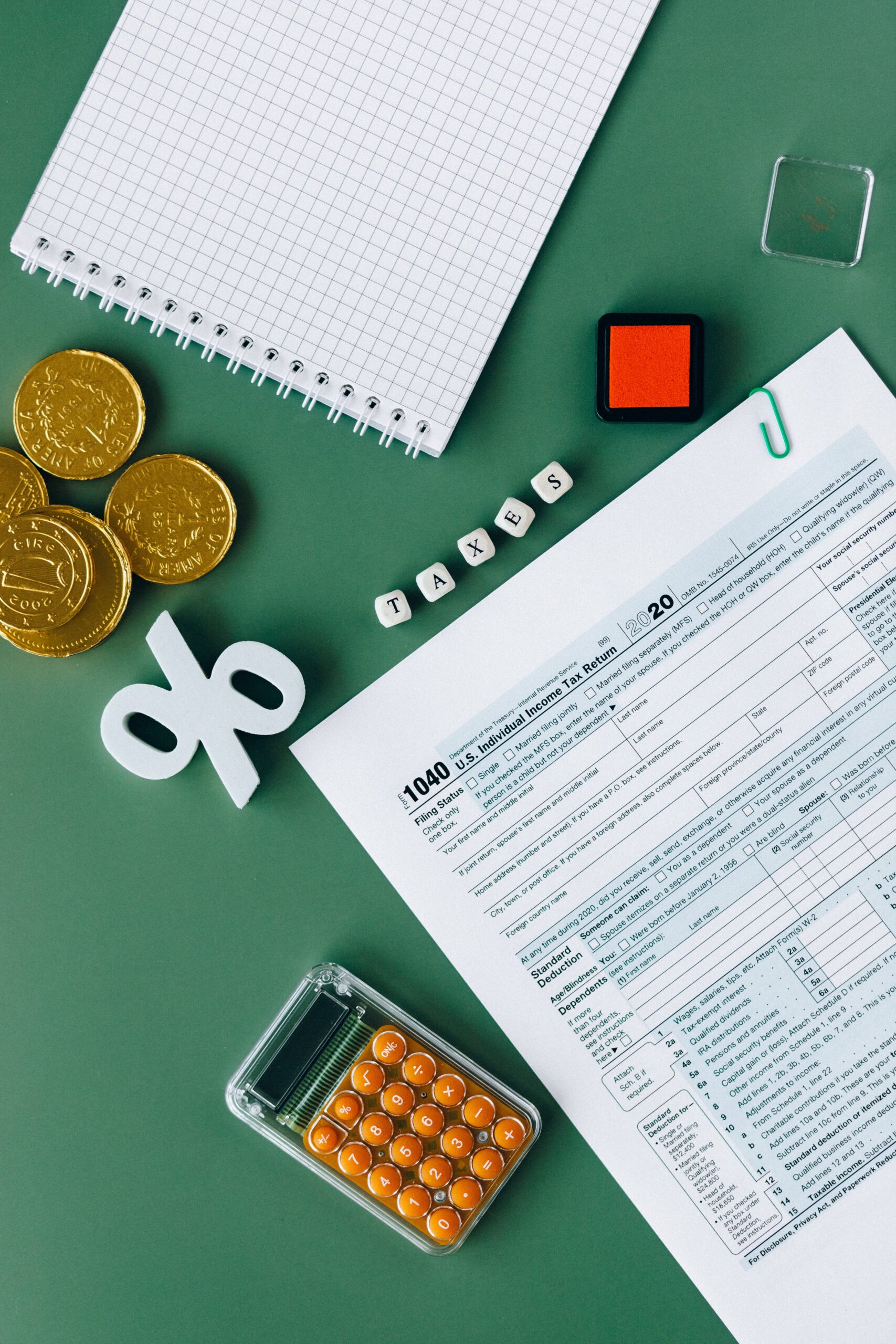IF, which is a basic Excel function, returns a value when a certain condition is met. It can also perform a calculation or execute another formula.
For example, you might want to check if a cell contains text values from a list. Then, if it does, display it.
What value would be returned based on the formula in cell d49?
If the formula in cell d49 is copied to cells e49:f49, what sequence of values would be generated?
The sequence of values that are generated in the cells e49:f49 will depend on how you have formatted the data. If you have formatted the data to display zero as a minus symbol or blank, then zero will appear in the cells e49:f49.
If you have formatted the data to display negative values with brackets, then negative values will appear in the cells e49:f49. Percentages will also appear in the cells e49:f49.
In this example, the value of the data in the first column will be calculated based on the number of cells that meet the criteria of the function. This means that the value of the cells in the range e49:f49 will be the sum of the values in the cells in the range from A43 to A47.
You can use the function COUNTIF to count the number of cells in a range and return the result if it meets a certain criteria. The function takes the criteria and the range as an argument, then evaluates each criterion to find out if it is met.
You can use the COUNTIF function to count the number of cells in a cell and then return the sum of the values in the cells in a row. The COUNTIF function can also be used to find out how many rows have a certain criterion met, but that is a little more complicated.
What value will result in cell B2 if the formula = A1+A2 is copied from cell B3 into cell B2?
If the formula in cell d49 is copied into cell B2, then the value of cell A1 is multiplied by the value of cell A2 and added to the total. As a result, the total in cell B2 is 8 times the number in cell A1 and 4 times the number in cell A2.
The formula in cell d49 would return a text string in cell B2, which could be replaced with a different value using a concatenate function. The concatenate function is used to join two or more text strings together, which may include commas, spaces, or various punctuation marks.
A concatenate function can be a very useful tool to use when you have to join many text strings together in one cell. This is because the concatenate function is not as sensitive to data alignment as other functions, so you can join many text strings together without any problem.
You can also use a concatenate function to join numbers together, so you can perform calculations on them. The concatenate function can take one of three arguments: a text string, a cell reference, or both. The text string argument is most often used, but the cell reference argument can be useful if you want to create a range of cells that will be joined by the concatenate function.
When you’re creating formulas, the first thing to know is that Excel uses relative cell references. You can make the formulas absolute by including a dollar sign ($) in front of them, but this will cause Excel to interpret those formulas as relative references, and the formulas will get changed when they’re copied to other columns. This is a bad idea.
Another way to make your formulas absolute is to use a mixed cell reference, which is a combination of a relative column and an absolute row value. This is especially helpful when you have a column that contains a lot of values in different rows. For example, in the screenshot below, there are multiple prices that need to be multiplied by different percentages in row 1.
To make a mixed cell reference, you must add a colon (:) before the row number or column number. The colon will tell Excel to look for the first cell in the range, and then to multiply the number in that cell by the number in all of the other cells in that row or column.
If you need to keep track of values in multiple cells, you can create a table. This is a very easy task, and you can do it with just a few simple formulas. However, it can become a real pain when you need to change the values in the table. A simpler method is to copy the formulas from a worksheet into other worksheets and to use the Edit > Fill command to fill all of the cells that contain copies of those formulas. The resulting worksheet will be a combination of the original and all of the copied formulas, which makes updating the value in each cell much easier.
What value will result in cell B2 if the formula =A1+A2 is copied from cell B3 into cell B2?
If you copy a formula from one cell into another, it will automatically adjust its row references. This adjustment is done by the copying of a formula that uses an absolute reference, relative reference or mixed reference.
A reference is an expression that points to a specific cell in the spreadsheet, either by using row or column numbers or letters. A normal, or relative, cell reference is made up of a dollar sign ($) in front of the row number and/or column letter. Absolute references are made up of a dollar sign and a space in front of the row number or column letter.
When a cell reference is copied or moved, the relative reference that it points to changes, and the absolute reference does not change. This is a useful feature for creating worksheets that are smaller and easier to update than worksheets where each formula is created separately.
You can copy or move a relative cell reference by clicking the Relative Cell Reference button on the Home tab. Then, click the Move icon and drag the reference to a new location.
If a cell reference is copied or moved, you can see the adjusted row and column references on the Formula Bar as well as on the formula itself. This is useful for making sure that a formula is referring to the same row or column when it is copied or moved from one cell to another.
This is especially useful for cell reference notations that use numbers for both row and column identification. This type of cell reference notation is called R1C1 and is more accurate than the default row and column names that are used in a worksheet.
You can also create a mixed reference by clicking the Mixed Reference button on the Home tab and then typing a formula that is part absolute, and part relative. For example, the formula in cell B2 is a mixed reference that is part absolute and part relative: it refers to cell A1 but also to cell B3.
There are a few things that you can do with this type of reference:
First, you can add to the values in each cell. You can add to the value in each cell by entering a formula that contains a + sign followed by two or more numbers. This is the most common type of addition formula, and it works just like any other addition formula.
Second, you can compare the values in each cell and format them based on the comparison. This is a simple type of formatting that works for both text and numbers.
Third, you can create an IF function that checks whether a cell contains a text or numeric value and returns a true or false result. This function is similar to the IF statement in an IF table



